Are you searching for the best PBL project ideas? If yes, then your search ends here with the best ever blog post PBL project ideas for students.
Project-Based Learning (PBL) is an innovative and student-centered approach to education that goes beyond traditional classroom learning. It provides students with the opportunity to engage in hands-on projects that are not only educational but also relevant to real-world challenges and scenarios.
PBL encourages students to actively explore, analyze, and solve problems, fostering critical thinking, creativity, collaboration, and communication skills. In this article, we will delve into a collection of inspiring PBL project ideas that can ignite students’ curiosity, drive their learning, and empower them to become active participants in their education journey.
These project ideas cover a wide range of subjects and themes, ensuring there’s something for every educator and student to embark upon an exciting and meaningful learning adventure.
So, let’s explore the world of PBL and discover captivating project ideas that can transform the learning experience for students of all ages.
Understanding PBL: A Brief Overview
Table of Contents
Before we delve into the exciting PBL project ideas, let’s have a quick overview of Project-Based Learning. PBL is an instructional approach that empowers students to explore real-world problems and challenges.
It encourages students to investigate, analyze, and develop solutions collaboratively, mirroring the skills and processes they will encounter in their future careers.
PBL incorporates various disciplines, integrating knowledge from different subjects and fostering interdisciplinary connections. It enhances critical thinking, problem-solving abilities, and communication skills, preparing students to become lifelong learners and active participants in society.
PBL Project Ideas
Have a close look at PBL project ideas.
Renewable Energy Solutions: Powering the Future
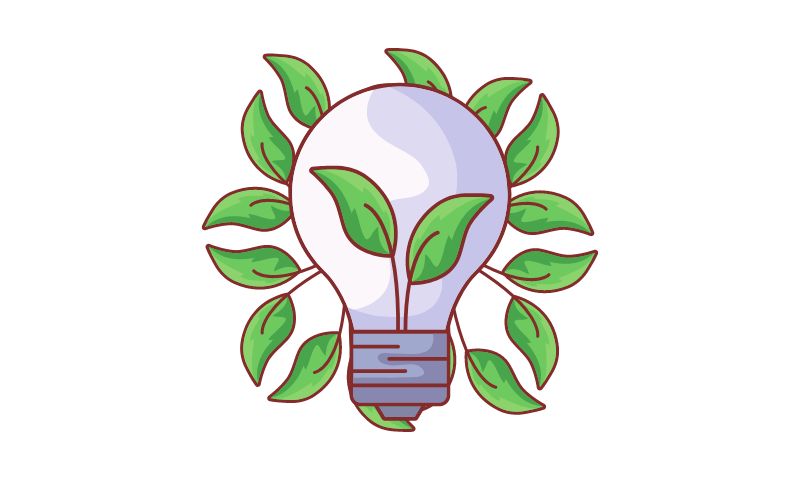
In this project, students will research and design innovative renewable energy solutions. They will explore different sources of renewable energy, such as solar, wind, hydro, and geothermal power. Students will investigate the benefits, challenges, and potential applications of these energy sources and propose sustainable solutions for their community or school.
Designing Sustainable Cities: Building a Greener Tomorrow
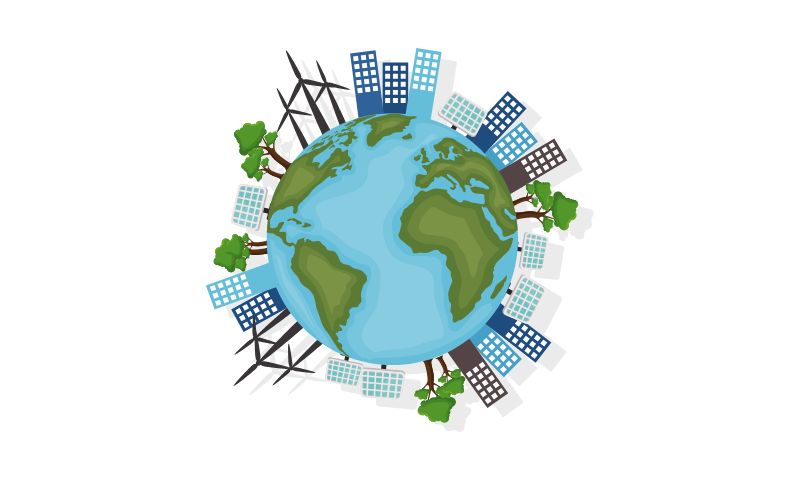
In this project, students will envision and design sustainable cities that prioritize environmental, social, and economic aspects. They will explore concepts such as green infrastructure, waste management, urban agriculture, and public transportation. Students will collaborate to create comprehensive plans that promote sustainability and improve the quality of life in urban areas.
Exploring Cultural Diversity: Celebrating Our Differences
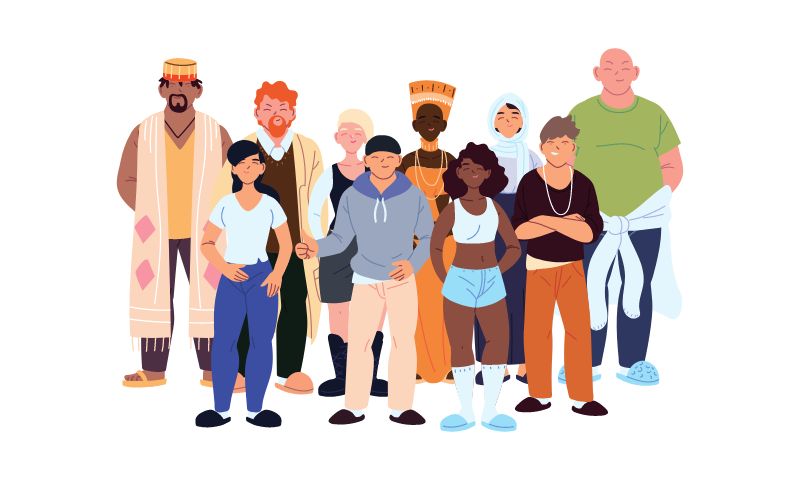
This project aims to foster cultural understanding and appreciation among students. They will investigate different cultures, traditions, and customs, both locally and globally. Students will explore the challenges and benefits of cultural diversity and create projects that promote inclusivity, tolerance, and mutual respect within their community.
Investigating Global Health Issues: Finding Solutions Together
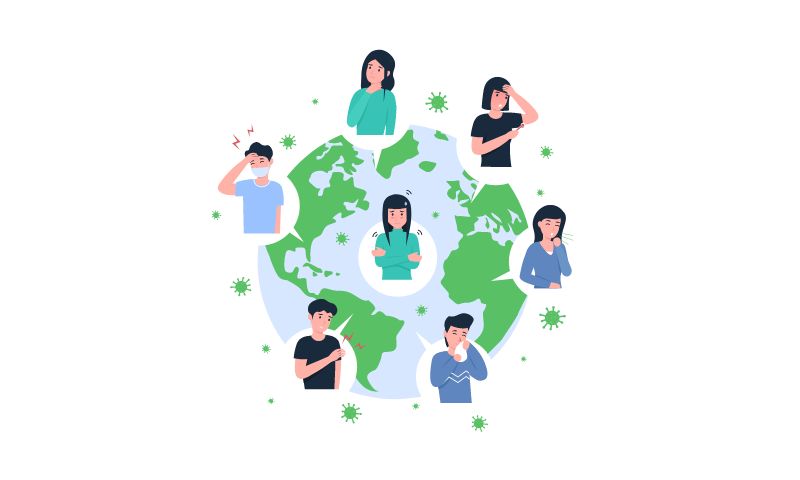
In this project, students will investigate global health issues, such as access to clean water, sanitation, diseaseprevention, or mental health awareness. They will conduct research, analyze data, and propose practical solutions to address these challenges. Students will raise awareness through campaigns, presentations, or community initiatives to make a positive impact on global health.
Entrepreneurship: Launching a Small Business

This project will empower students to become entrepreneurs and develop their own small businesses. They will learn about market research, product development, budgeting, and marketing strategies. Students will create business plans and prototypes, gaining valuable skills in innovation, leadership, and problem-solving.
Robotics and Artificial Intelligence: Innovations of the Future
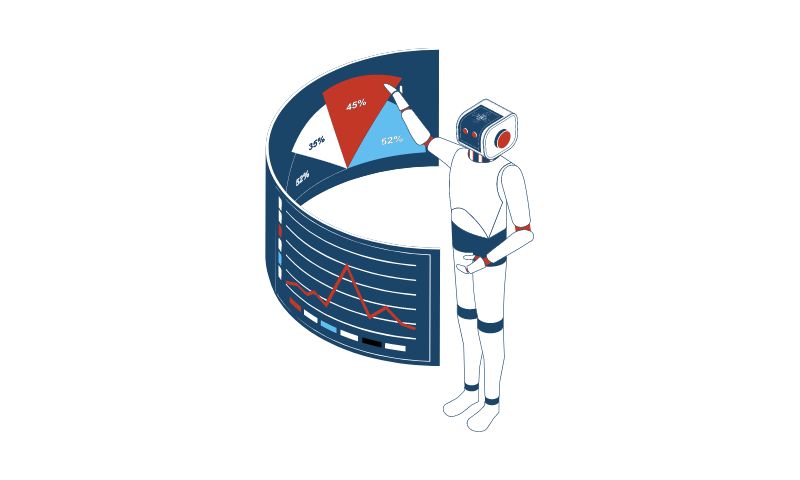
In this project, students will explore the world of robotics and artificial intelligence (AI). They will learn about the applications of robotics in various industries, such as manufacturing, healthcare, or space exploration. Students may design and build their own robots or develop AI algorithms, showcasing their creativity and technical skills.
Sustainable Agriculture: Feeding a Growing Population
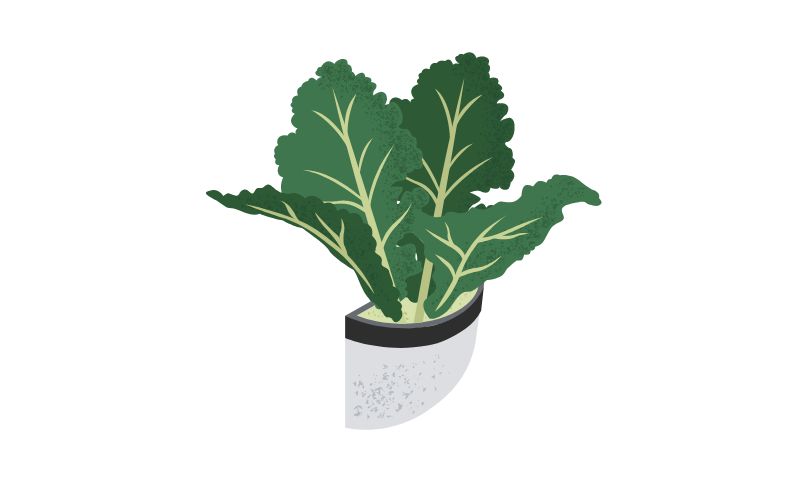
With the increasing demand for food production, this project focuses on sustainable agriculture practices. Students will explore concepts like organic farming, hydroponics, or vertical farming. They will analyze the environmental impact of conventional farming methods and propose sustainable alternatives to ensure food security for future generations.
Environmental Conservation: Preserving Our Natural Resources
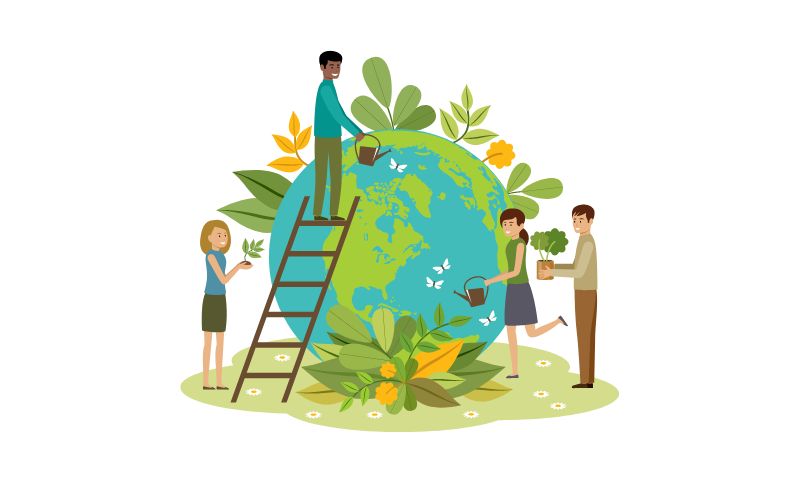
This project emphasizes the importance of environmental conservation and protecting natural resources. Students will investigate topics such as deforestation, pollution, or endangered species. They will develop awareness campaigns, conservation plans, or initiatives to promote sustainable practices and preserve the beauty of our planet.
Social Justice: Promoting Equality and Empathy
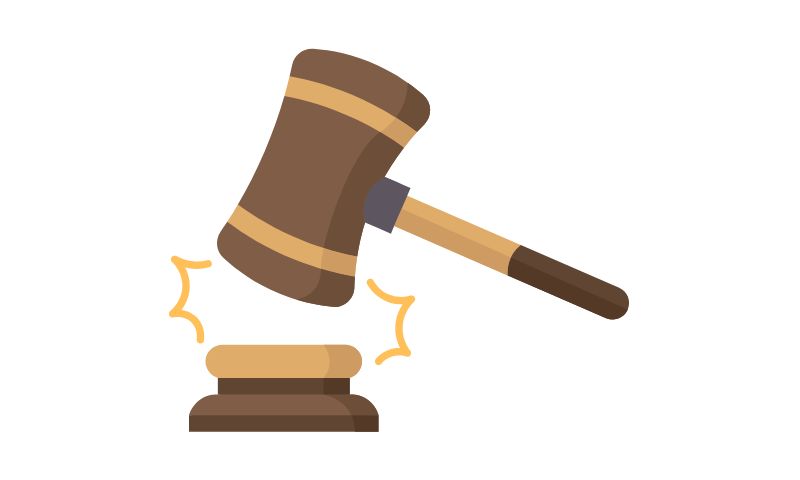
In this project, students will examine social justice issues prevalent in their community or society. They will explore topics like inequality, discrimination, or human rights violations. Students will take an active role in raising awareness, organizing events, or implementing initiatives that promote equality, empathy, and social change.
Exploring Space: Journey to the Unknown
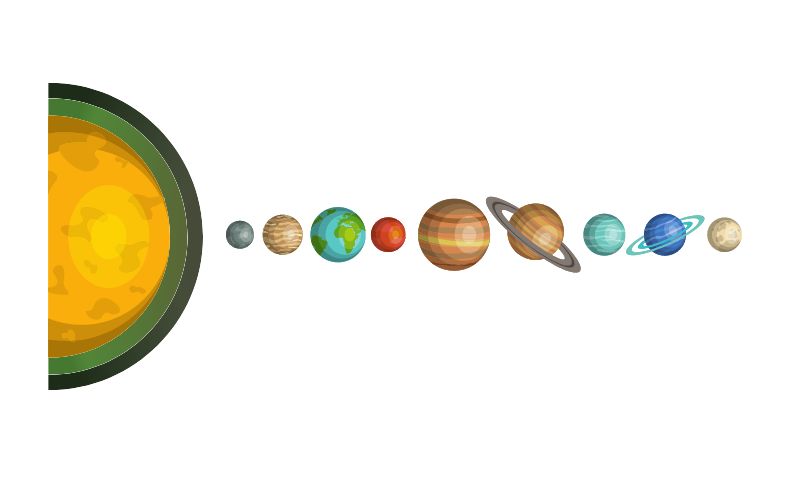
This project invites students to embark on a journey to explore the wonders of space. They will learn about the solar system, galaxies, or space exploration missions. Students may conduct research, create models, or even simulate space missions to enhance their understanding of the universe and inspire future astronauts and scientists.
Media Literacy: Navigating the Digital World
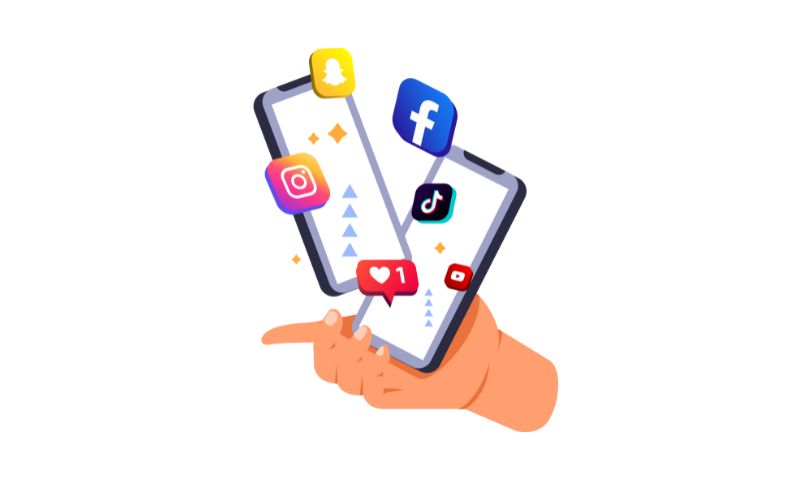
With the rise of digital media, this project focuses on developing media literacy skills among students. They will analyze the impact of media on society, critical thinking, and responsible online behavior. Students will create campaigns, videos, or presentations to raise awareness about fake news, online safety, or digital citizenship.
Cybersecurity: Protecting Our Digital Footprint

In this project, students will learn about the importance of cybersecurity in the digital age. They will explore topics like online privacy, data protection, or ethical hacking. Students may develop cybersecurity protocols, conduct risk assessments, or create educational materials to empower others in safeguarding their digital information.
Urban Planning: Redesigning Our Communities
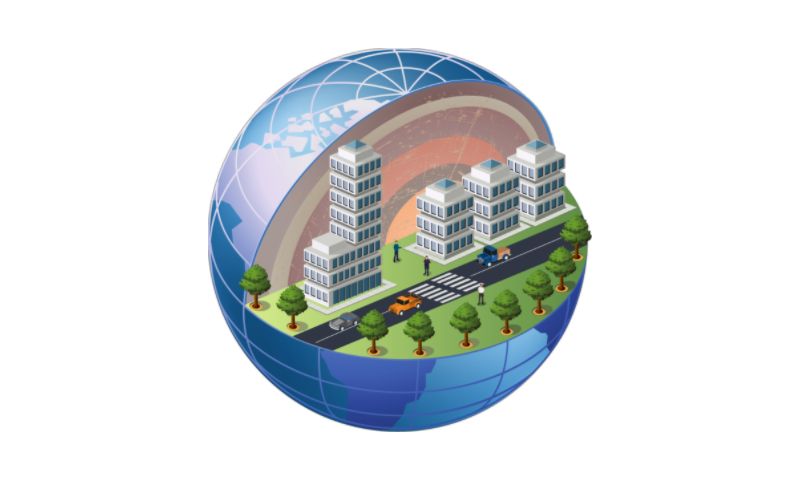
This project focuses on urban planning and redesigning communities for a better future. Students will analyze the infrastructure, transportation systems, or public spaces in their local area. They will propose improvements, sustainable development plans, or community revitalization projects to enhance the livability and functionality of urban environments.
Health and Wellness: Creating Healthy Habits for Life

Promoting health and wellness, this project encourages students to adopt and advocate for healthy habits. They will explore topics like nutrition, exercise, mental health, or stress management. Students may organize wellness campaigns, develop fitness programs, or create educational resources to promote a healthy lifestyle within their school or community.
Innovative Technology: Shaping the Future

This project revolves around innovative technologies that shape the future. Students will explore emerging technologies like artificial intelligence, virtual reality, or 3D printing. They may develop prototypes, conduct experiments, or create presentations showcasing the potential applications and impact of these technologies on various industries.
What is an example of a PBL scenario?
An example of a PBL scenario could be a project centered around sustainable energy solutions. In this scenario, students are presented with a fictional city that is heavily reliant on non-renewable energy sources and faces environmental challenges.
Their task is to design and implement sustainable energy solutions to address the city’s energy needs while minimizing its ecological footprint. Throughout the project, students engage in research, data analysis, and collaboration to understand different forms of renewable energy, such as solar, wind, hydro, or geothermal power.
They assess the city’s energy demands, conduct feasibility studies, and develop comprehensive proposals that outline the implementation of renewable energy systems.
Students may create prototypes, conduct experiments, or build models to showcase the practicality and benefits of their proposed solutions. They also consider factors like cost-effectiveness, scalability, and the potential impact on the local community and environment.
Throughout the project, students not only gain knowledge about sustainable energy but also develop critical thinking, problem-solving, and communication skills.
They learn to work in teams, make informed decisions, and present their findings and recommendations to a wider audience, such as their classmates, teachers, or even community stakeholders.
By engaging in this PBL scenario, students actively participate in the learning process, apply their knowledge to real-world situations, and develop a deeper understanding of the importance of sustainable energy solutions in building a greener and more sustainable future.
What are examples of project-based learning?
There are numerous examples of project-based learning (PBL) that cover a wide range of subjects and topics. Here are a few examples:
Building a Sustainable Garden
Students collaborate to design and create a sustainable garden within the school premises. They research native plant species, learn about soil health and composting, and incorporate principles of permaculture.
Through this project, students develop knowledge about environmental conservation, sustainable practices, and teamwork.
Creating a Podcast Series
Students form teams and produce a podcast series on a specific theme or subject of their choice. They research, script, record, and edit episodes, exploring various aspects of the chosen topic. This project enhances students’ communication skills, creativity, and digital media literacy.
Investigating Local History
Students delve into the history of their local community, researching significant events, landmarks, or influential figures. They conduct interviews, visit historical sites, and analyze primary sources.
Through this project, students gain a deeper appreciation for their community’s heritage while honing their research and critical thinking abilities.
Designing a Sustainable Product
Students identify a problem or need and develop a sustainable product to address it. They research materials, create prototypes, and consider factors like eco-friendliness, functionality, and aesthetics.
This project promotes innovation, problem-solving skills, and an understanding of sustainable design principles.
Simulating a Model United Nations
Students engage in a simulation of the United Nations, taking on roles as delegates from different countries. They research global issues, debate, and negotiate resolutions to address these challenges.
This project enhances students’ understanding of international relations, diplomacy, and collaboration.
Launching a Social Entrepreneurship Project
Students identify a social issue or need in their community and develop a social entrepreneurship project to address it. They create business plans, seek funding, and implement their initiatives. This project fosters entrepreneurial skills, empathy, and a sense of social responsibility.
Designing an Eco-Friendly Home
Students explore sustainable architecture and design principles to create blueprints and models of eco-friendly homes. They consider energy efficiency, waste management, and renewable energy sources. Through this project, students learn about sustainable living practices and apply their knowledge in a practical context.
These examples demonstrate the diverse possibilities of project-based learning, where students actively engage in authentic, real-world projects, fostering critical thinking, collaboration, creativity, and problem-solving skills.
What are some PBL ideas for elementary students?
Here are some engaging and age-appropriate project-based learning (PBL) ideas for elementary students:
Community Helpers
Students explore different community helpers and their roles by conducting interviews, creating posters, and organizing a community helpers fair.
Animal Habitats
Students research various animal habitats, build dioramas, and present information about the unique characteristics and adaptations of different animals.
Healthy Eating
Students investigate healthy eating habits, plan and prepare nutritious snacks, and create a cookbook or informative brochure promoting healthy eating among their peers.
Weather Watchers
Students study weather patterns, create weather instruments, and report on daily weather conditions for the school or local community.
Recycling and Waste Management
Students learn about the importance of recycling and waste reduction. They organize recycling campaigns, design recycling bins, and educate others about proper waste management practices.
Inventors and Inventions
Students explore famous inventors and their inventions, choose an everyday problem, and design and build their own inventions to solve the identified problem.
Famous Landmarks
Students research famous landmarks around the world, create models or presentations, and organize a class exhibition showcasing their knowledge and creativity.
Plants and Pollinators
Students investigate the role of pollinators in plant reproduction, create a school garden or butterfly habitat, and document the interaction between plants and pollinators.
Cultural Celebrations
Students explore different cultural celebrations, traditions, and customs. They organize a multicultural fair, create displays, and share their learning with the school community.
Storytelling and Writing
Students engage in storytelling and creative writing projects. They develop their own stories, illustrate them, and create a class book or host a storytelling event.
These PBL ideas provide elementary students with opportunities to explore various subjects, develop research and presentation skills, foster creativity, and promote collaboration and critical thinking in a fun and interactive way.
What are the 6 things that PBL does?
Project-Based Learning (PBL) encompasses several key elements that contribute to its effectiveness in fostering meaningful learning experiences. Here are six things that PBL does:
Promotes Active Learning
PBL encourages active engagement from students as they dive into real-world projects, investigations, or challenges. Rather than passively receiving information, students actively explore, inquire, and apply their knowledge and skills to solve problems or create something tangible.
Develops Critical Thinking
PBL cultivates critical thinking skills as students analyze information, evaluate different perspectives, and make informed decisions throughout the project. They learn to think critically, solve problems, and adapt their approaches based on the project’s requirements.
Encourages Collaboration
PBL emphasizes collaboration and teamwork. Students work together in groups, sharing ideas, delegating tasks, and collectively finding solutions. This collaborative environment enhances communication skills, cooperation, and the ability to work effectively in a team setting.
Enhances Problem-Solving Abilities
PBL provides opportunities for students to tackle authentic, real-world problems. They learn to identify and define problems, develop strategies, and implement solutions. Through this process, students enhance their problem-solving abilities, creativity, and resilience in the face of challenges.
Integrates Subject Knowledge
PBL integrates knowledge and skills from various subjects or disciplines. Students apply concepts and content from different areas to solve complex problems or complete projects. This interdisciplinary approach promotes a deeper understanding of the subject matter and its real-world application.
Fosters Ownership and Engagement
PBL empowers students to take ownership of their learning. They have a sense of agency and responsibility as they drive their projects forward. This ownership leads to increased engagement, motivation, and a deeper connection to the learning process.
Overall, PBL engages students in active learning, develops critical thinking and problem-solving skills, encourages collaboration, integrates subject knowledge, and fosters ownership and engagement. These elements work together to create a dynamic and impactful learning experience for students.
How to Select Best PBL Project Ideas
Selecting the best PBL project ideas requires careful consideration and alignment with various factors. Here are some steps to help you in selecting the most suitable PBL project ideas:
Identify Learning Objectives
Begin by clearly defining the learning objectives you want to achieve through the PBL project. Consider the knowledge, skills, and competencies you want your students to develop.
Understand Student Interests and Needs
Take into account the interests, strengths, and needs of your students. Consider their backgrounds, preferences, and diverse learning styles. Choose project ideas that resonate with their interests and promote engagement.
Align with Curriculum Standards
Ensure that the PBL project ideas align with the relevant curriculum standards or learning outcomes. Choose ideas that integrate subject knowledge and allow for connections across different disciplines.
Consider Real-World Relevance
Select project ideas that have real-world relevance and provide students with opportunities to apply their learning to authentic situations. Projects that address community issues or global challenges can enhance students’ sense of purpose and foster civic engagement.
Promote Collaboration and Communication
Look for project ideas that encourage collaboration and communication among students. Projects that require teamwork and interaction promote the development of essential interpersonal skills.
Assess Feasibility and Resources
Evaluate the feasibility of implementing the project within the available time, resources, and constraints. Consider the materials, technology, and support needed to execute the project successfully.
Balance Challenge and Success
Strike a balance between the level of challenge and students’ ability to achieve success. Choose project ideas that provide an appropriate level of difficulty, allowing for growth, learning, and a sense of accomplishment.
Seek Input and Feedback
Involve students, colleagues, and other stakeholders in the selection process. Seek their input and feedback to ensure that the chosen project ideas align with their interests, needs, and goals.
Continuously Improve and Evolve
Embrace a growth mindset and be open to refining and evolving your PBL project ideas based on feedback and reflection. Learn from the experiences and outcomes of previous projects to enhance future selections.
By following these steps, you can select the best PBL project ideas that cater to your students’ needs, align with curriculum goals, and create meaningful and impactful learning experiences.
Conclusion
In conclusion, PBL project ideas offer a remarkable approach to education that goes beyond traditional methods of instruction. By engaging students in hands-on, real-world projects,
PBL promotes active learning, critical thinking, collaboration, and problem-solving skills. The diverse range of PBL project ideas allows educators to tailor projects to the specific needs and interests of their students.
Through PBL, students become active participants in their education, taking ownership of their learning journey and gaining valuable skills that extend beyond the classroom. They develop the ability to apply knowledge, think critically, communicate effectively, and work collaboratively—essential skills for success in the 21st century.
PBL project ideas provide a platform for students to explore their interests, engage in meaningful research, and find creative solutions to complex problems.
They allow for interdisciplinary connections, encouraging students to make connections between different subject areas and see the relevance of their learning in real-world contexts.
By implementing PBL project ideas, educators can foster a love for learning, ignite curiosity, and empower students to become lifelong learners and active contributors to society.
PBL not only equips students with knowledge and skills but also nurtures their confidence, creativity, and ability to adapt to an ever-changing world. As we embrace the potential of PBL project ideas, we pave the way for a transformative educational experience—one that inspires, challenges, and prepares students to become critical thinkers, problem solvers, and agents of positive change.
Let us embrace the power of PBL and unlock the limitless possibilities it holds for our students’ growth and success.
Frequently Asked Questions
How can PBL benefit students?
Project-Based Learning benefits students by enhancing critical thinking, problem-solving skills, and collaboration. It promotes active engagement and deeper understanding of concepts while fostering creativity and real-world application.
Are PBL projects suitable for all grade levels?
Yes, PBL projects can be tailored to suit different grade levels and subjects. The complexity and scope of the projects can be adjusted to meet the learning needs and abilities of students across various age groups.
How can teachers assess student learning in PBL projects?
Teachers can assess student learning in PBL projects through various methods, such as rubrics, presentations, portfolios, or reflections. The assessment should focus on both the process and the final product, considering critical thinking, collaboration, and the application of knowledge and skills.
Can PBL projects be integrated into the existing curriculum?
Absolutely! PBL projects can be integrated seamlessly into the existing curriculum. They can serve as extensions or alternative assessments that align with the learning objectives and standards of the subject areas.
How can students showcase their PBL projects to a wider audience?
Students can showcase their PBL projects to a wider audience through exhibitions, presentations, or online platforms. They can organize events, create websites, or utilize social media to share their projects and raise awareness about the topics they have explored.



